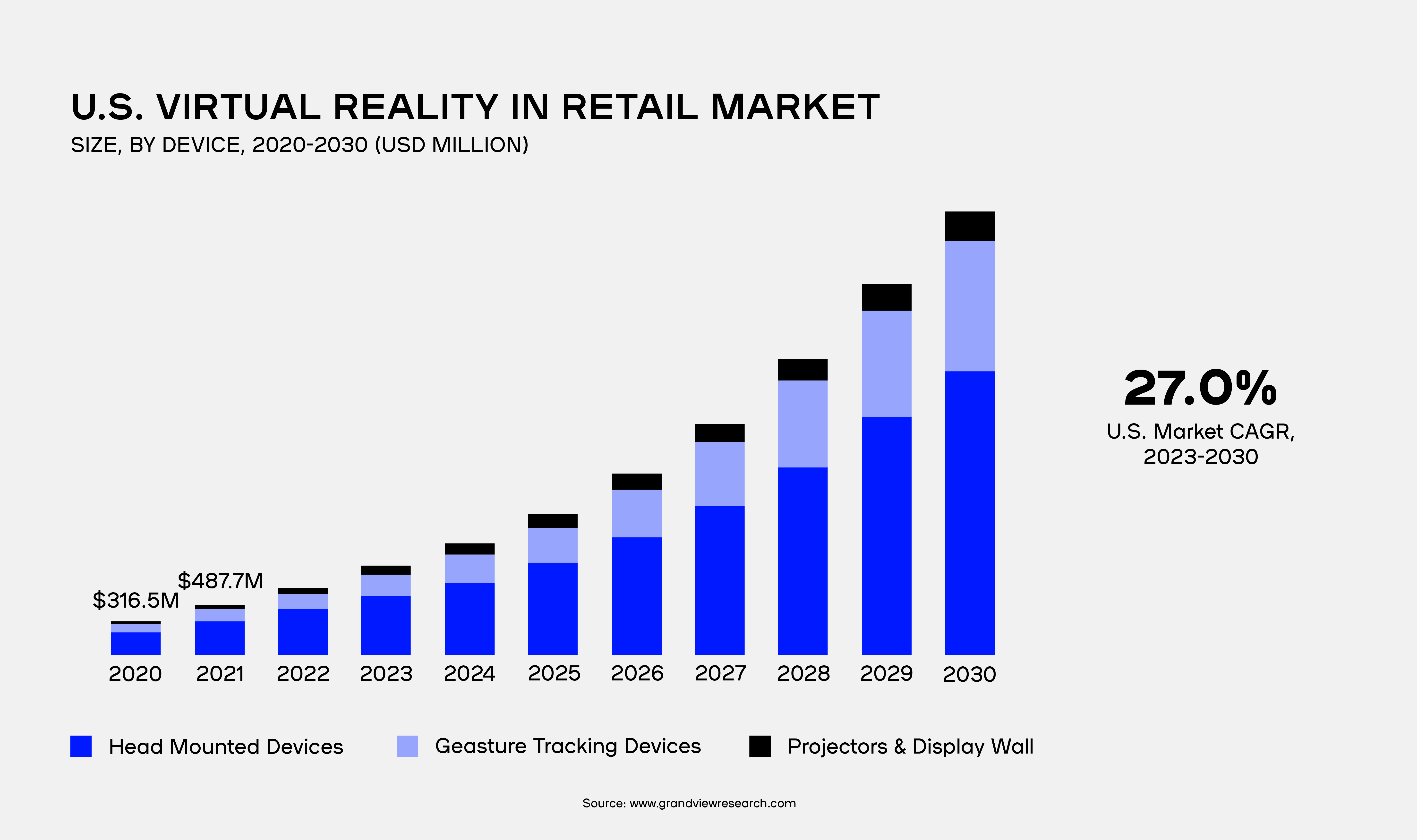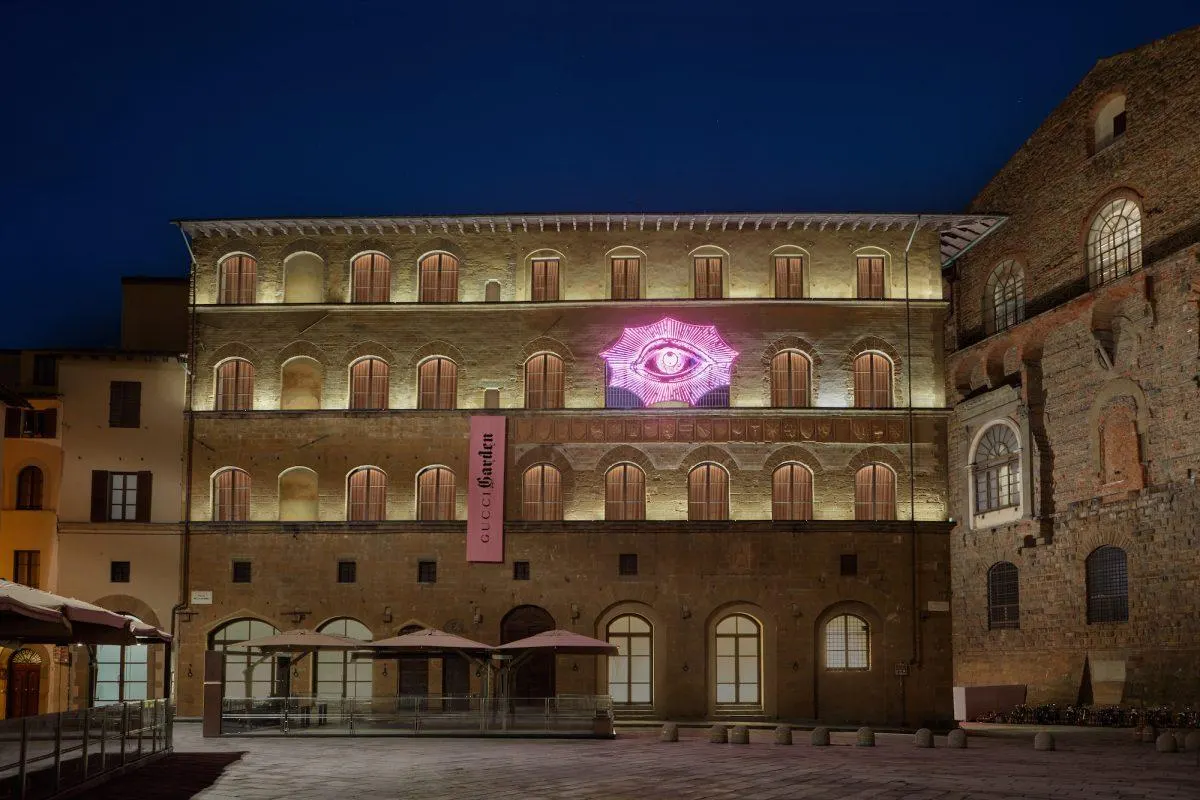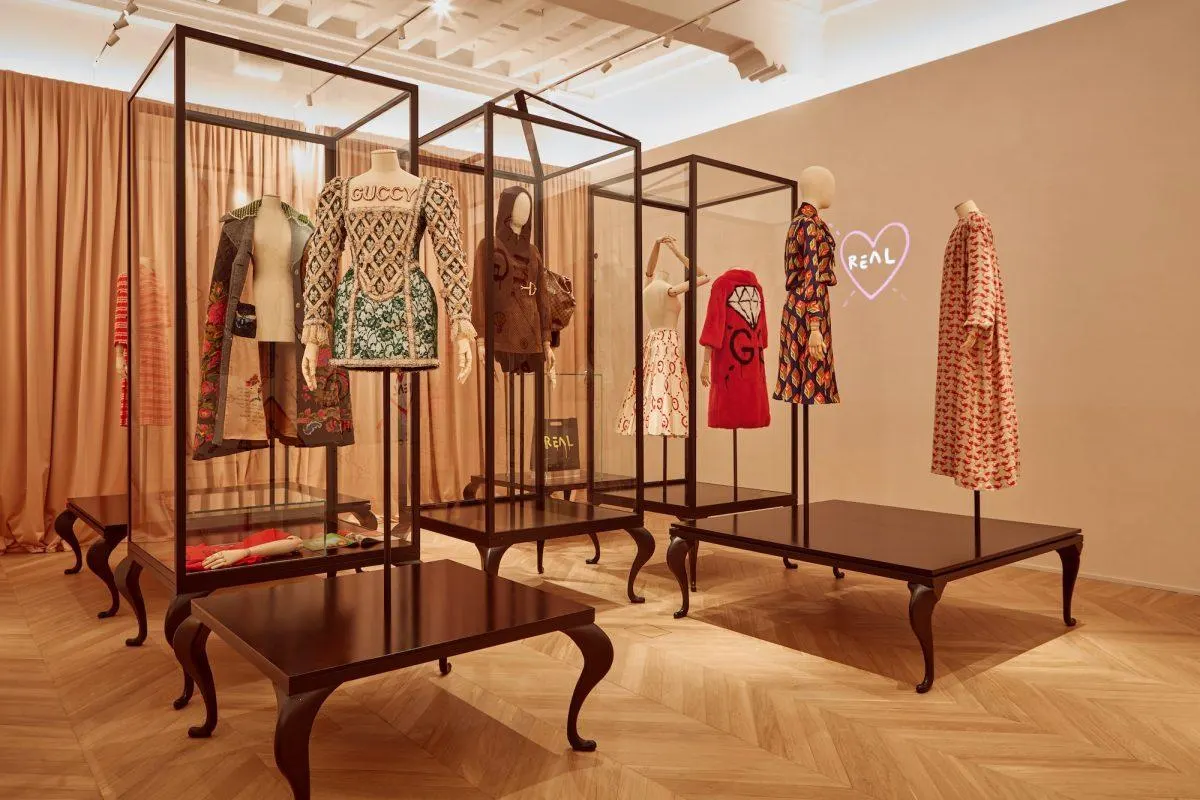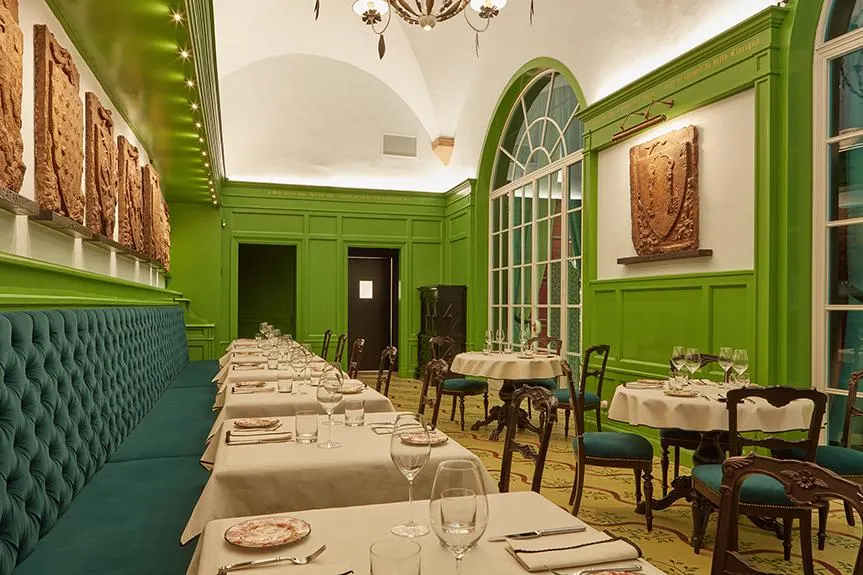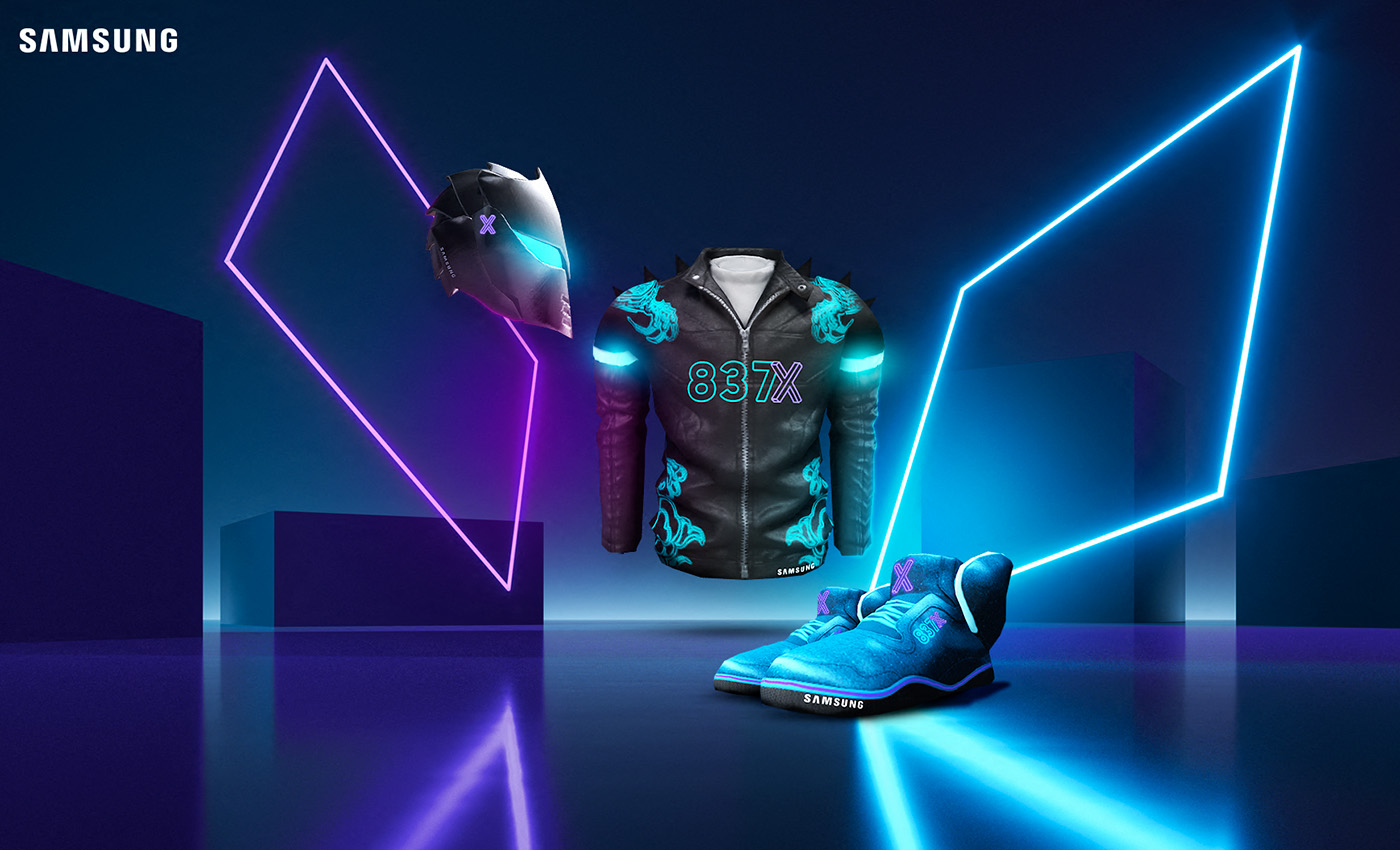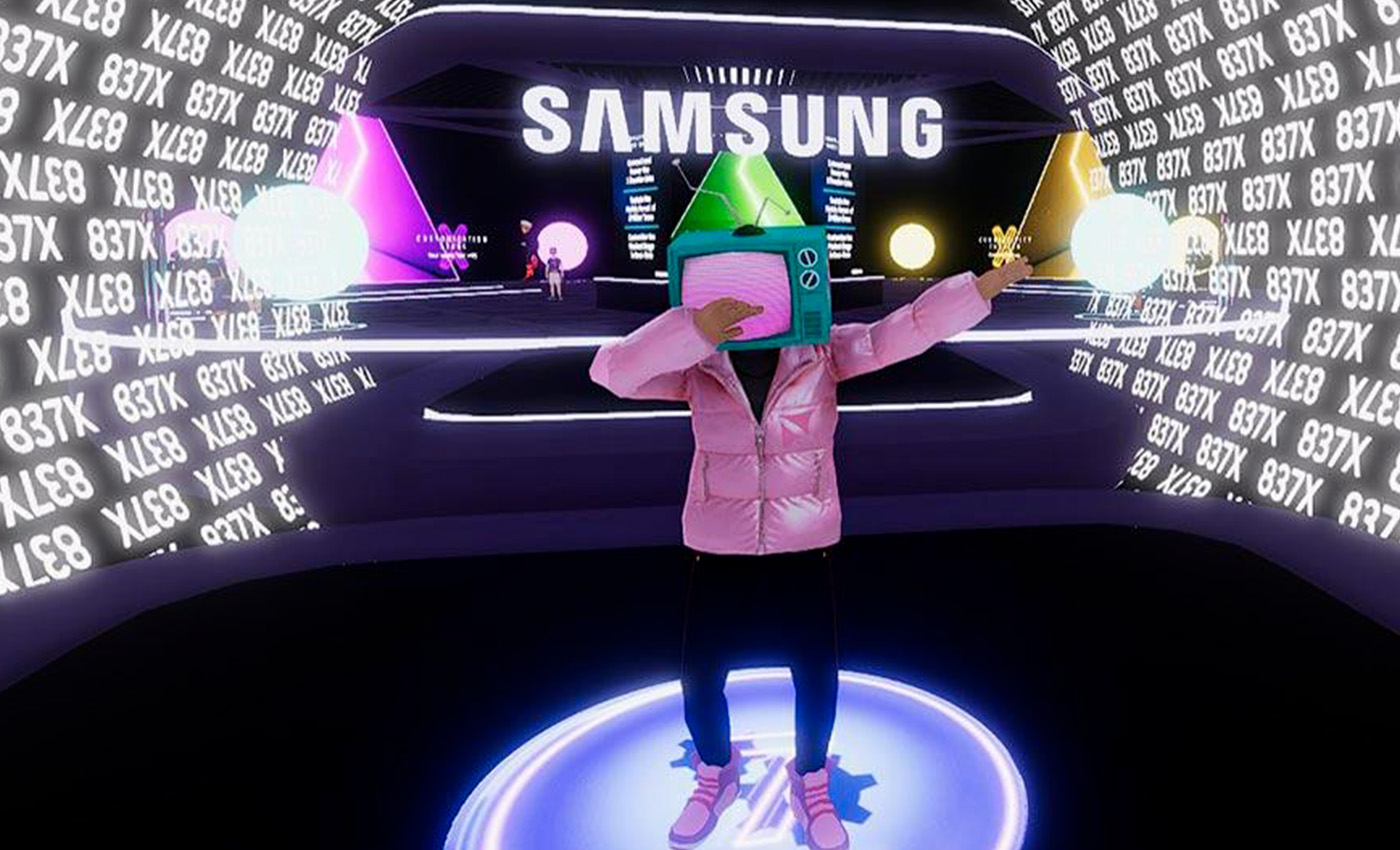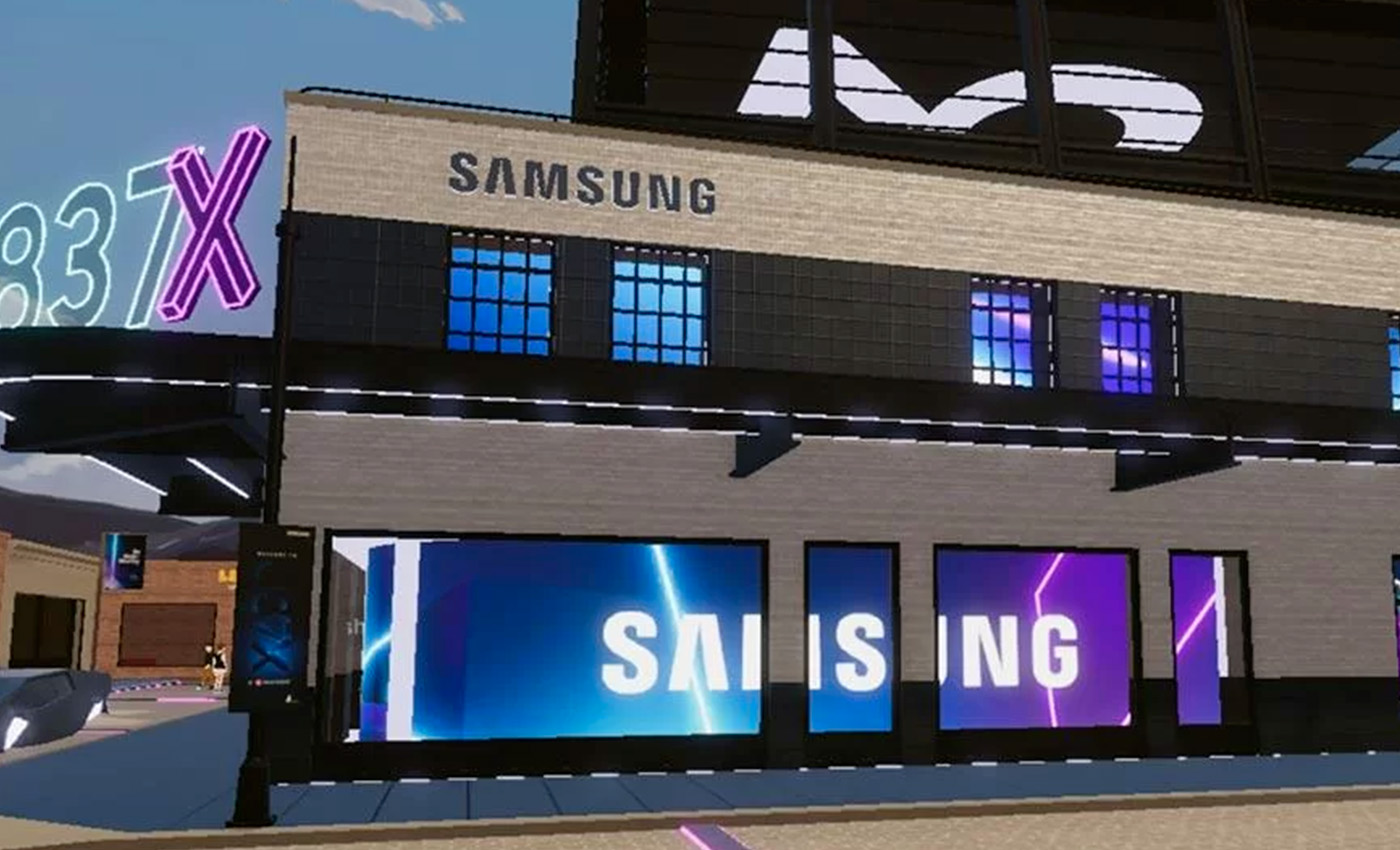- Summary
- Chapter 01 - Introducing the concept of virtual reality shopping
- Chapter 02 - The history of virtual shopping and e-commerce
- Chapter 03 - Revolutionizing Retail: The Rise of Virtual Reality Shopping
- Chapter 04 - The Future of Retail: Towards a More Engaging Virtual Shopping Experience
- Chapter 05 - VR Technology and Shopping: A New Era
- Chapter 06 - Redefining Retail Experiences with Metaverse
- Chapter 07 - CONCLUSION

Revolutionizing Retail: The Rise of Virtual Reality Shopping
- Read time 6min
- published 2023.12.09 updated 2024.02.16
-
what
- Blog
- Brands
- Immersive
Introducing the concept of virtual reality shopping
The emergence of virtual reality shopping and retail experiences represents a significant shift in consumer behavior. In 2022, the global virtual reality market in the retail sector was valued at $3.25 billion, with an expected compound annual growth rate (CAGR) of 28% to 2030. This exponential growth is driven by the integration of advanced technologies such as VR headsets, AI, machine learning, and IoT — enhancing the shopping experience for customers.
The COVID-19 pandemic played a crucial role in this expansion, accelerating the integration of VR into retail. Adapting to the growing demand for online shopping, retailers turned to VR to bridge the gap between physical and online stores. This pivot led to more interactive product visualization, virtual fittings, and simulated store environments, offering customers an immersive shopping experience from the comfort of their own homes.
Adopting VR in retail is not just about immersive experiences but also personalization. VR technology lets customers personalize their shopping experience by virtually trying on and customizing products before purchasing. This personalization should further stimulate demand for virtual stores and shopping experiences. In addition, VR generates valuable data for marketing analytics teams, enhancing the customer experience and increasing brand awareness. Technological advances, such as eye-tracking technology in VR headsets, offer insights into customer preferences and purchasing behaviors, optimizing product offerings and fueling demand for VR shopping.
The history of virtual shopping and e-commerce
Initially, physical stores dominated retailing, requiring physical space for product display and storage. In parallel, catalog and mail-order sales offered a primitive form of distance purchasing dating back to the 15th century. The real upheaval of e-commerce began in 1979 with the invention of Michael Aldrich, the forerunner of modern e-commerce.
The first online sale, marking the birth of e-commerce, took place in 1994 with the purchase of a Sting CD. The rapid rise of the World Wide Web in 1991 propelled e-commerce forward, overcoming early limitations such as security concerns.
E-commerce pioneers such as Books.com, founded in 1992, and Amazon, founded in 1994, revolutionized the shopping experience by offering a vast range of online products and introducing features such as consumer reviews.
In more recent years, e-commerce has become a mainstay. Today, we are now entering a new era thanks to the impact of VR/AR technology.
This technology transforms traditional online shopping into a more immersive and personalized experience. Virtual reality allows customers to interact with products in 3D, offering virtual fittings and interactive product demonstrations.
Revolutionizing Retail: The Rise of Virtual Reality Shopping
The Seamless Blend of Digital and Physical Realms
The retail industry is undergoing a radical transformation fueled by the burgeoning capabilities of Virtual Reality (VR) technology. In an age where digital and physical experiences are increasingly intertwined, VR shopping emerges as a groundbreaking approach, offering a level of immersion and interactivity previously unattainable in traditional e-commerce or brick-and-mortar settings.
The New Paradigm of Shopping
Virtual reality shopping isn’t just a fleeting trend; it’s a testament to the evolving consumer demands for more engaging, personalized, and convenient shopping experiences. The COVID-19 pandemic dramatically accelerated digital adoption in retail. Consumers now seek experiences that blend the tactile allure of physical shopping with the convenience of e-commerce, and VR shopping may just be the answer they’re looking for.
A Customized Experience
One of the most exciting prospects of VR in retail is its potential for personalization. By creating virtual replicas of physical stores or entirely new, imaginative retail environments, VR allows customers to navigate and interact with products in previously impossible ways. They can try on clothes, test products, and even alter product features within a virtual space that adapts to their preferences and behaviors.
Data-Driven Insights
Integrating VR into retail also opens up a wealth of data, offering deep insights into consumer behavior, preferences, and engagement patterns. This data is invaluable for retailers in tailoring their offerings, optimizing store layouts, and creating more effective marketing strategies.
The Future of Retail: Towards a More Engaging Virtual Shopping Experience
Beyond the Store
The future of retail lies in creating experiences that are not just about purchasing but about engaging and delighting the customer. VR shopping bridges the physical and digital realms, offering a new dimension of interactivity and engagement.
VR extends traditional retail boundaries by enabling virtual stores that transcend geographical limitations. Customers from around the world can visit these virtual spaces, breaking down the barriers and opening up global markets for brands.
The Social Aspect of VR Shopping
Virtual reality shopping also introduces a social element to e-commerce. In VR, shopping can become a shared experience, with friends and family joining in from different locations, offering opinions, and enjoying a social shopping trip together, all from the comfort of their homes.
Sustainability and VR
VR also addresses some sustainability concerns in retail. VR can significantly reduce waste associated with product returns and excess inventory by reducing the need for physical samples and enabling virtual trials. This approach aligns with the growing consumer demand for sustainable and environmentally friendly shopping options.
VR Technology and Shopping: A New Era
While AR superimposes digital elements in the real world, VR transports the user into an entirely virtual environment, creating total immersion using a special headset.
The impact of virtual reality (VR) on immersive experiences is considerable, redefining how we interact with digital content. By creating fully immersive environments, VR enables users to fully immerse themselves in virtual worlds, offering an experience unprecedented in terms of depth and realism.
With its Buy+ virtual reality shopping platform, Alibaba offers customers the opportunity to explore stores and browse products using VR headsets, allowing them to virtually walk through the store and interact with products without leaving their homes.
These technological advances are not limited to clothing and furniture. For example, footwear brand Merrell has created a VR experience called “TrailScape” to showcase their hiking boots, offering an immersive and interactive journey through a mountain environment. Similarly, The North Face offers a VR experience that allows customers to test their outdoor gear in a simulated environment, ensuring that the products meet their needs.
Diesel, in partnership with DressX, introduced a virtual fashion line on the Meta Avatars Store. The collection includes Diesel’s iconic denim jackets, jeans, and sneakers, allowing users to dress their avatars for display across various social media platforms and on Quest VR. This venture into digital fashion, alongside Diesel’s NFT initiatives like “Metamorph” and a partnership with HAPE for a unique NFT collection, showcases how AR and VR are transforming fashion and retail experiences.
These examples demonstrate VR’s role in offering highly engaging, immersive experiences in industries as diverse as automotive and fashion, reshaping consumer interaction and perception of the metaverse.
Redefining Retail Experiences with Metaverse
Virtual showrooms
These platforms offer a realistic, immersive experience that enables brands to engage with customers and market their products from anywhere. They provide an interactive environment for displaying products using animations or renderings. Unlike 2D images, a virtual showroom allows a complete 360-degree exploration of a product in its environment, giving customers an in-depth knowledge of how it looks and feels.
These virtual showrooms replicate the in-store shopping experience, unconstrained by distance, inventory, or store hours. They offer companies the opportunity to proactively adapt to the digital revolution while increasing their online presence. Company collections or catalogs become accessible to thousands of consumers, with greater flexibility than in a physical showroom.
For B2B brands, virtual showrooms can transform their business. They offer a platform for showcasing their products in a virtual environment, enabling multiple people to examine them at their leisure without the inconvenience and logistical challenges of face-to-face visits. These innovations offer significant benefits for brands and consumers alike, redefining the shopping experience and opening up new possibilities in retail.
A prime example is our project for Hugo Boss in collaboration with Polycount. We created an immersive showroom on Spatial.io during Metaverse Fashion Week, fusing the ambiance of Miami with a unique virtual shopping experience. This showroom offered innovative features such as gamified quests rewarding users with avatars, precise reproductions of garments, and e-commerce integration, transforming traditional shopping into an interactive and engaging experience.
The project was a resounding success, attracting 56,000 visits from 127 different countries, demonstrating the immense potential of virtual showrooms to enrich the retail experience in the metaverse.
For an in-depth look at Exclusible’s immersive projects, visit here. If you are interested in creating your own immersive metaverse experience, please contact us here.
Virtual Brand Experiences
Samsung has ventured into the metaverse, launching the Samsung 837X experience on the web3 platform Decentraland. A digital innovation from its famous New York ephemeral store, this virtual showcase is designed to highlight the latest products and groundbreaking innovations unveiled at CES in Las Vegas.
The 837X experience has three parts:
- The Connectivity Theater is the heart of the experience, where users can discover CES presentations and explore Samsung’s cutting-edge technologies.
- The Customization Stage: This is an event space where users can participate in dance parties hosted by a live DJ, recreating the atmosphere of real-life events at the Samsung 837 physical store in New York.
- The Sustainability Forest: This section highlights Samsung’s ecological initiative to plant 2 million trees in collaboration with an NFT company that offers verifiable proof of tree planting. In addition, an interactive portal transports users into a lush forest with entertaining games.
Samsung’s approach to the metaverse represents a captivating fusion of entertainment, immersive storytelling, brand promotion, and sales enablement.
These achievements demonstrate how the metaverse can transform events created for companies into unique opportunities for engaging and entertaining their customers. With customizable metaverse spaces, these events enable total immersion, offering endless possibilities for organizing festivities, conferences, and product presentations in an innovative and captivating way.
Virtual Customer Service in the Metaverse
The advent of the metaverse opens up new possibilities for customer service improvements, transforming the traditional support experience into a more engaging and effective digital interaction. Here are a few notable examples:
Real-Time Support in Virtual Reality (VR): Imagine a customer immersed in a VR experience encountering an issue. Instead of removing their headset and seeking assistance through another device, the metaverse enables real-time customer service within the virtual environment. This seamless integration allows users to receive immediate support without breaking their immersive experience.
Product Assistance and Demonstrations: The metaverse facilitates a unique opportunity for customer service representatives to exist in the same virtual space as the customer. For instance, if a customer has trouble setting up a new computer, a representative could provide step-by-step instructions and product demonstrations in the metaverse, enhancing clarity and efficiency. This approach eliminates the disconnect often experienced in phone or live chat support, allowing for a more hands-on and interactive problem-solving approach.
In-App and AR Support for Mobile Games: Companies like Helpshift are innovating in the metaverse by enabling mobile game developers to offer in-metaverse support. Their service, “Metashift,” allows game users to provide feedback and report bugs directly within the app and augmented reality (AR) experiences. This approach streamlines the support process, making it more accessible and integrated into the user’s gaming experience.
These examples highlight how the metaverse may revolutionize customer service, offering more personalized, immediate, and interactive support options. By bringing customer service representatives and customers together in a shared digital space, the metaverse is setting a new standard for customer engagement and satisfaction.
If you’re interested in more real metaverse use cases, we invite you to read our article on the subject: CTA Article “6 Metaverse Use Cases to Consider in 2024.”
CONCLUSION
As we journey through the dynamic landscape of virtual reality (VR) in retail, it becomes evident that this technology is not just a futuristic concept but a present reality reshaping how we shop and interact with brands.
From the immersive VR shopping experiences that meld the digital and physical realms to the history and evolution of e-commerce that paved the way for this revolution, we are re-writing the retail playbook.
The advancements in VR technology demonstrate a significant shift in consumer behavior and business strategies. Brands like Tommy Hilfiger and Samsung are already at the forefront, embracing VR to offer personalized, engaging shopping experiences. These initiatives enhance customer interaction and provide valuable insights into consumer preferences.
The emergence of virtual showrooms and brand experiences in the metaverse, as exemplified by Hugo Boss and Samsung’s innovative ventures, showcases the limitless potential of VR in creating captivating, interactive retail environments. These developments signal a new era in retail – one that prioritizes customer engagement, personalization, and sustainability.
The journey into the metaverse and integrating VR into retail requires expertise and innovative thinking. This is where Exclusible, in partnership with Polycount, steps in. Specializing in crafting immersive metaverse experiences, Exclusible is at the vanguard of this new retail revolution. Our collaboration with Polycount, a leader in digital innovation, ensures that brands venturing into the metaverse have access to cutting-edge technology and creative expertise.
